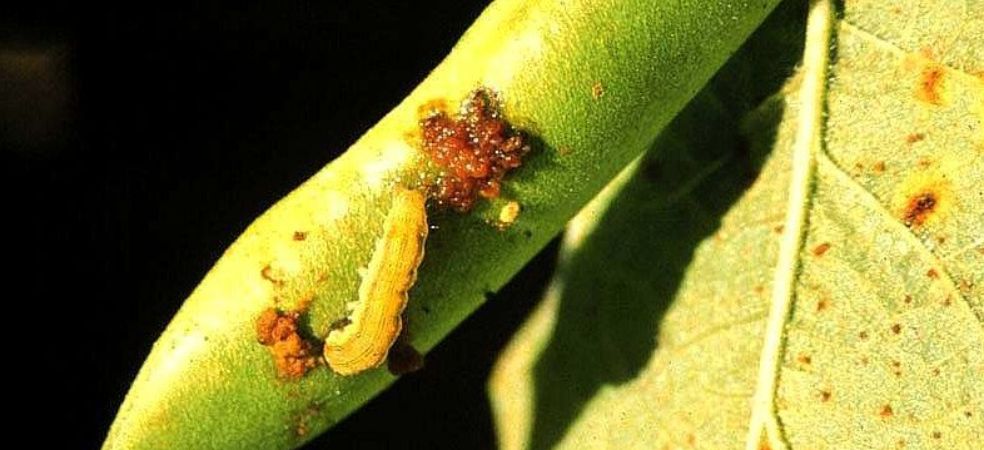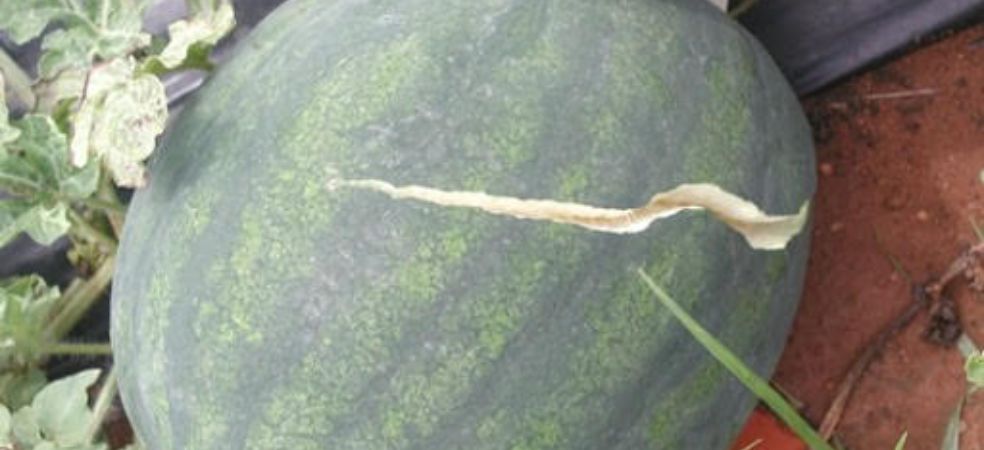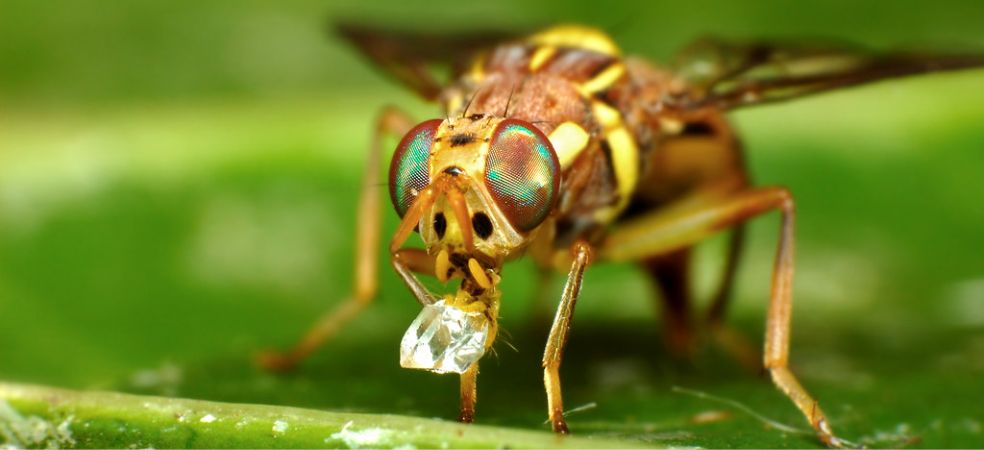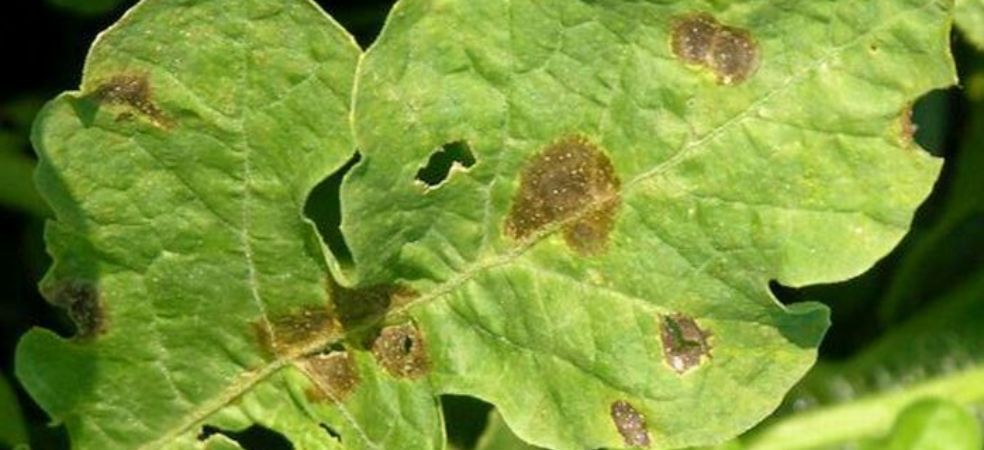-
In the polyhouse/greenhouse, different types of fertilizers are used continuously for good yield of crops throughout the year.
-
Because of this, the health of the polyhouse soil starts deteriorating within 3-4 years. In spite of good seeds, proper nutrients and all the precautions, there has been a drastic reduction in the yield and quality of the crop.
-
Therefore, it is necessary that in order to do scientific farming, farmers should constantly examine the health of the soil and maintain complete information about it.
-
Correct sampling is very important for soil testing.
-
The sample is taken from different locations inside the playhouse/greenhouse. Then it is mixed well and divided into four parts.
-
Repeat this process until the remaining sample weighs half a kilogram.
-
The samples obtained in this way are sent to the testing centre. And according to the report farm fertilizer is used.
ShareWith the sowing of the crop, connect your farm with the Gramophone app and keep on getting the exact advice and solutions related to smart agriculture throughout the crop cycle. Share this article with your friends with the share button below.










